- Joined
- May 27, 2016
- Messages
- 3,471
Please not to be considered flamboyant - I thought the thread needed a little more colour, and see if folk like a little of what is here now, before they settle for some ugly little over-controlled OCD eco-centric automatic pram with a motor that would not disgrace a sewing machine in 10 or 20 years into the future.
The all electric Jaguar E-Type Zero! Yum! Old style body. Brand new car with modern brakes, suspension, and packed with tech. I did not even try to discover the $$$$$. The much more "economy" offering, the I-Pace is still something of a supercar. The latest Jaguar I-Pace looks mean enough - but cannot ever be as beautiful as the E-Type, if only because it is a 2019 hatchback. Jaguar I-Pace is Tesla class, but with much better stitched leather interior and refinements that fit the "nearly supercar" price tag. Skip over the E-Type picture, and consider the family hatchback I-Pace is near $70K!
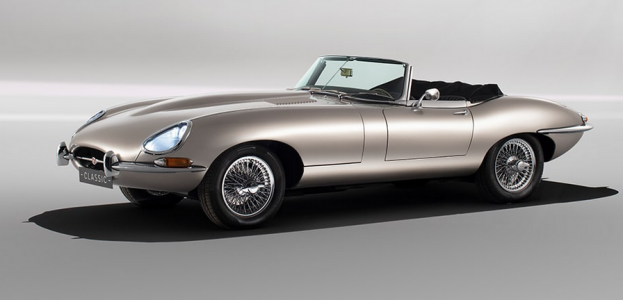
Jaguar E-Type Zero
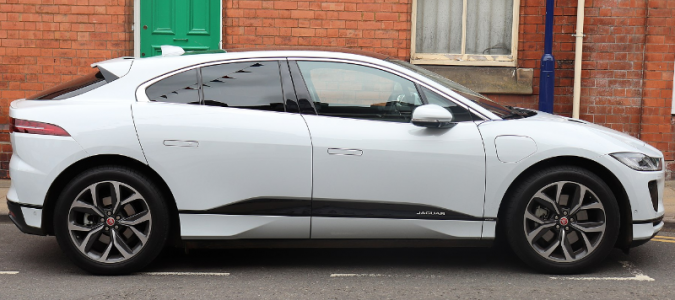
Jaguar I-Pace - $69,500
So how about the Tesla Model 3? Tesla have a big grip on all the tech. Some users do not like all the fixable bits in the car being treated as if it was software update. There is no 3rd party parts distribution outlet. About 10 bucks short of $39K. Price-wise, it is a whole lot lower cost than the Jaguar. I would still have to hang out for a depreciated "pre-loved"! Teslas are serious EVs. They have competition now, but Elon got there first.
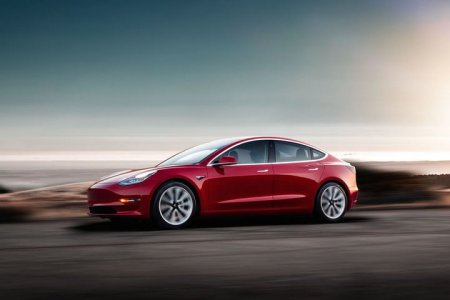
Tesla Model 3 - $38,990
Then there is the Chevrolet Bolt EV.
I must admit, I have not looked at Chevrolet since the long ago days I loved Chevys in Africa. There was Impala, Biscayne, Bel Air, Camaro, and Corvette Sting Ray. What happened to the "Volt"? Oh yes - that is a hybrid. Why call a car a name like "Bolt"? Billed as affordable and long range, by which they mean $36,320 and "up to" 238 miles.
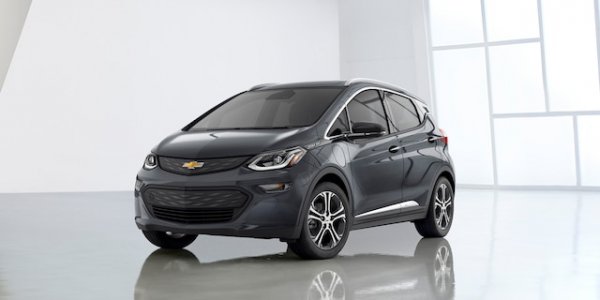
Chevrolet Bolt EV - 36,320
As I make this list, generally heading to lower prices, I am not sure the value-for-money quotient goes up. Less car is what you get, but the 238 miles before ending up stranded is actually very usable, and enough for many. DO NOT run out of juice in an EV! There is a reason for the existence of hybrids!
Just because they get smaller, they do not necessarily get cheaper! OK - there is a reputation for build quality from the BMW stable. The BMW i3. What is it with the "i"? The Jags have got it too - except they go for the capital "I". It used to mean "fuel injection" before came "i-Tunes". Your EV model begins to sound like the next generation not-so-smartphone! OK then, I accept that it is a matter of taste, and some other than the committee that approved the design might love it, but I think it looks ugly! Is there something in the breeze that makes EV designers go for a race to the bottom, and end up with the same look? Not exactly so "affordable" either!
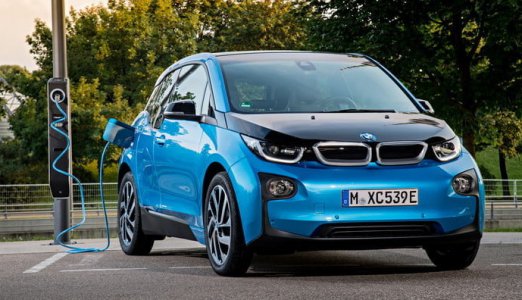
BMW i3 - $44,450
The Nissan "Leaf". It used to have a range of about 80 miles, which is a no-no! Now it can do 150 miles. So OK. Why call a car a "leaf"? What vibe are they trying to convey? A car is not "leafy" unless one counts it gets a rusty look when it is about to fall apart and rot! They play the "options" game to an insane art form. Right down to whether the steering wheel has a leather cover. The image is a 2018 model, but if I blink, they all start to look the same, and the white reminds me the Jag. Three "trim levels", but I could only find two prices.
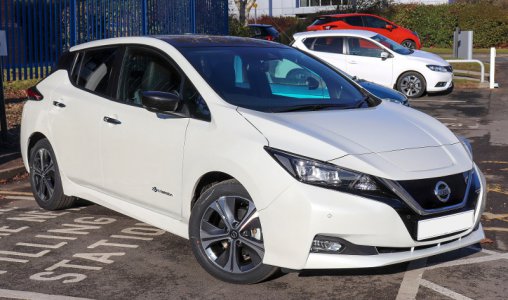
Nissan Leaf Tekna 2018 - $29,990 & $34,300 (mid-range).
There are loads more. I don't know how long the list is, but I think every car manufacturer is going for it! Mercedes has been seriously researching new battery tech, and is in volume production building cars in 6 factories. My favourite brand (I drive a diesel Merc), but expect electric Mercs to be pricey for a new one. They seem to have something Tesla-ish about them, but I could not quite place it. No picture of a Merc yet, but I am sure you can find one.
I suppose I had better say that none of the above was "sponsored" in any way, and given the stuff I was saying about them, you can tell that is true. I can guess there might be some vendors a bit miffed that I "left them out". This is just a sampling of what we can have now. Maybe jump in and enjoy, because in 10 years, or maybe 20, the whole scene of personal mobility might be quite constrained, and we might look back on these, the times we checked out pictures of new EVs as "them good old days"!
The all electric Jaguar E-Type Zero! Yum! Old style body. Brand new car with modern brakes, suspension, and packed with tech. I did not even try to discover the $$$$$. The much more "economy" offering, the I-Pace is still something of a supercar. The latest Jaguar I-Pace looks mean enough - but cannot ever be as beautiful as the E-Type, if only because it is a 2019 hatchback. Jaguar I-Pace is Tesla class, but with much better stitched leather interior and refinements that fit the "nearly supercar" price tag. Skip over the E-Type picture, and consider the family hatchback I-Pace is near $70K!

Jaguar E-Type Zero

Jaguar I-Pace - $69,500
So how about the Tesla Model 3? Tesla have a big grip on all the tech. Some users do not like all the fixable bits in the car being treated as if it was software update. There is no 3rd party parts distribution outlet. About 10 bucks short of $39K. Price-wise, it is a whole lot lower cost than the Jaguar. I would still have to hang out for a depreciated "pre-loved"! Teslas are serious EVs. They have competition now, but Elon got there first.

Tesla Model 3 - $38,990
Then there is the Chevrolet Bolt EV.
I must admit, I have not looked at Chevrolet since the long ago days I loved Chevys in Africa. There was Impala, Biscayne, Bel Air, Camaro, and Corvette Sting Ray. What happened to the "Volt"? Oh yes - that is a hybrid. Why call a car a name like "Bolt"? Billed as affordable and long range, by which they mean $36,320 and "up to" 238 miles.

Chevrolet Bolt EV - 36,320
As I make this list, generally heading to lower prices, I am not sure the value-for-money quotient goes up. Less car is what you get, but the 238 miles before ending up stranded is actually very usable, and enough for many. DO NOT run out of juice in an EV! There is a reason for the existence of hybrids!
Just because they get smaller, they do not necessarily get cheaper! OK - there is a reputation for build quality from the BMW stable. The BMW i3. What is it with the "i"? The Jags have got it too - except they go for the capital "I". It used to mean "fuel injection" before came "i-Tunes". Your EV model begins to sound like the next generation not-so-smartphone! OK then, I accept that it is a matter of taste, and some other than the committee that approved the design might love it, but I think it looks ugly! Is there something in the breeze that makes EV designers go for a race to the bottom, and end up with the same look? Not exactly so "affordable" either!

BMW i3 - $44,450
The Nissan "Leaf". It used to have a range of about 80 miles, which is a no-no! Now it can do 150 miles. So OK. Why call a car a "leaf"? What vibe are they trying to convey? A car is not "leafy" unless one counts it gets a rusty look when it is about to fall apart and rot! They play the "options" game to an insane art form. Right down to whether the steering wheel has a leather cover. The image is a 2018 model, but if I blink, they all start to look the same, and the white reminds me the Jag. Three "trim levels", but I could only find two prices.

Nissan Leaf Tekna 2018 - $29,990 & $34,300 (mid-range).
There are loads more. I don't know how long the list is, but I think every car manufacturer is going for it! Mercedes has been seriously researching new battery tech, and is in volume production building cars in 6 factories. My favourite brand (I drive a diesel Merc), but expect electric Mercs to be pricey for a new one. They seem to have something Tesla-ish about them, but I could not quite place it. No picture of a Merc yet, but I am sure you can find one.
I suppose I had better say that none of the above was "sponsored" in any way, and given the stuff I was saying about them, you can tell that is true. I can guess there might be some vendors a bit miffed that I "left them out". This is just a sampling of what we can have now. Maybe jump in and enjoy, because in 10 years, or maybe 20, the whole scene of personal mobility might be quite constrained, and we might look back on these, the times we checked out pictures of new EVs as "them good old days"!
Last edited:


 But I have always been partial to a quantum singularity as a power source.
But I have always been partial to a quantum singularity as a power source. 
